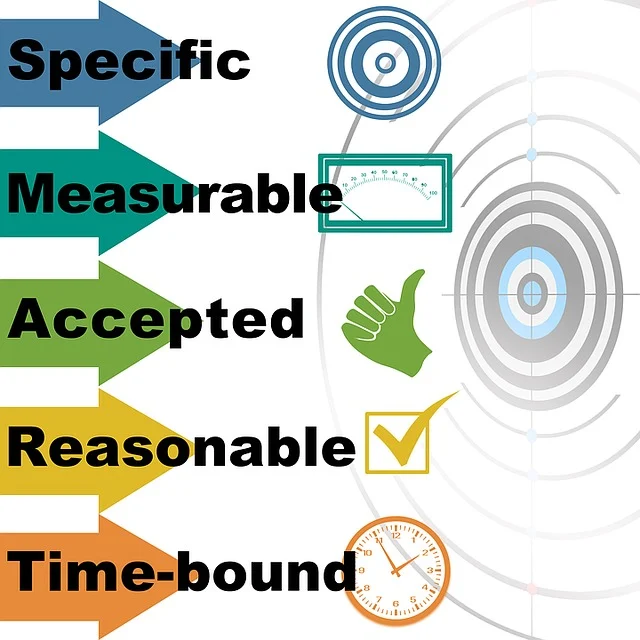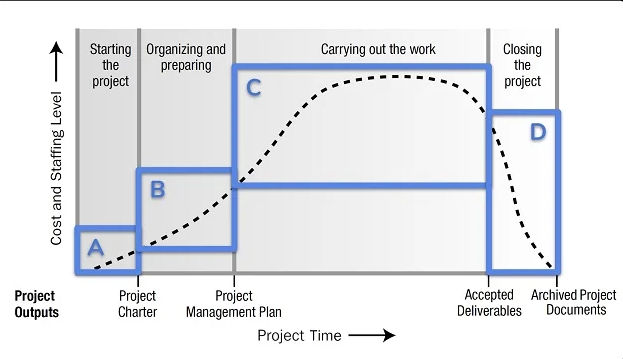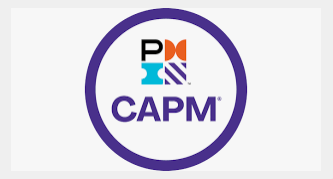Project management office software is a tool that helps organisations manage projects more efficiently.
It provides a centralised platform for project managers to plan, track, and report on their projects.
With project management office software, teams can collaborate more effectively, reduce project risks, and ensure that projects are completed on time and within budget.
The software provides a range of features to help teams manage their projects, including task management, resource allocation, budget tracking, and risk management.
Project managers can use these features to create project plans, assign tasks to team members, and monitor progress in real-time. They can also utilise the software to generate reports that provide valuable insights into project performance, enabling data-driven decision-making.
One of the key benefits of project management office software is that it can help organisations standardise their project management processes.
By using a common platform, teams can follow consistent processes and procedures, which can help improve project quality and reduce errors.
Additionally, project management office software can help organisations scale their project management capabilities as they grow, by providing a flexible platform that can be customised to meet their specific needs.
What is Project Management Office Software?
Project Management Office (PMO) software refers to a suite of tools used by organizations to manage and standardise their project management processes.
It is typically used by project managers to ensure that projects are completed on time, within budget, and to the required quality standards.
PMO software can be used to manage various aspects of project management, including project planning, resource allocation, risk management, and reporting. It can also be used to track progress, monitor budgets, and ensure that project milestones are met.
One of the key benefits of PMO software is that it helps organisations to standardise their project management processes.
By using a common set of tools and processes, organisations can ensure that their projects are managed consistently across different teams and departments. This can help to improve project outcomes and reduce the risk of project failure.
What are Common Project Management Software?
There are many project management software solutions available on the market today, each with its unique features and capabilities. Some of the most common project management software include:
#1 Asana
Asana is a popular project management software that offers a range of features such as task management, team collaboration, and project tracking. It allows users to create projects, assign tasks, and set deadlines, making it easy to keep track of project progress.
#2 Trello
Trello is a visual project management tool that uses boards, lists, and cards to organize and prioritise tasks. It is ideal for teams that need to collaborate on projects in real-time, as it allows users to add comments, attachments, and due dates to tasks.
#3 Basecamp
Basecamp is a project management software that offers a range of features such as task management, team collaboration, and project tracking. It allows users to create projects, assign tasks, and set deadlines, making it easy to keep track of project progress.
#4 Monday.com
Monday.com is a project management software that is designed to help teams manage their work more efficiently. It offers a range of features such as task management, team collaboration, and project tracking, making it easy to keep track of project progress.
#5 Wrike
Wrike is a cloud-based project management software that offers a range of features such as task management, team collaboration, and project tracking. It allows users to create projects, assign tasks, and set deadlines, making it easy to keep track of project progress.
Overall, when choosing a project management software, it is important to consider the specific needs of your team and the features that are most important to you. By doing so, you can select a software that will help your team manage their work more efficiently and effectively.
How do I set up a PMO office?
Setting up a Project Management Office (PMO) requires careful planning and execution to ensure its success. Here are some key steps to consider when setting up a PMO:
1) Define the PMO’s purpose and scope: The first step in setting up a PMO is to define its purpose and scope. This includes identifying the goals and objectives of the PMO, the services it will provide, and the projects it will support.
2) Determine the PMO’s organisational structure: The PMO’s organisational structure should be determined based on the organisation’s needs and culture.
3) Develop PMO processes and procedures: The PMO should develop processes and procedures to ensure consistent project management practices across the organisation. This includes developing project management methodologies, templates, and tools.
4) Establish PMO metrics and reporting: The PMO should establish metrics and reporting mechanisms to measure and report on project performance. This includes developing key performance indicators (KPIs) and dashboards to track progress and identify areas for improvement.
5) Provide PMO training and support: The PMO should provide training and support to project managers and other stakeholders to ensure they have the necessary skills and knowledge to effectively manage projects.
6) Implement PMO software: PMO software can help streamline project management processes and improve project visibility. When selecting PMO software, organisations should consider their specific needs and requirements, such as project tracking, resource management, and reporting.
By following these key steps, organisations can set up a PMO that is tailored to their specific needs and goals and that supports the successful delivery of projects across the organisation.
What are the three types of Project Management Office?
A Project Management Office (PMO) is a centralised unit that is responsible for providing support and guidance to project teams within an organisation. PMOs can be divided into three types: Supportive, Controlling, and Directive.
#1 Supportive PMO
A supportive PMO provides support to project teams in the form of best practices, templates, training, and other resources. It has a low degree of control over project activities and does not intervene in project decision-making.
The main objective of a supportive PMO is to improve project performance by providing project teams with the necessary tools and resources.
#2 Controlling PMO
A controlling PMO has a moderate degree of control over project activities. It provides support to project teams but also monitors project progress and intervenes when necessary.
The main objective of a controlling PMO is to ensure that projects are completed on time, within budget, and to the required quality standards.
#3 Directive PMO
A directive PMO has a high degree of control over project activities. It provides support to project teams, monitors project progress, and intervenes when necessary. In addition, it has the authority to make project-related decisions on behalf of the organisation.
The main objective of a directive PMO is to ensure that projects are aligned with the organization’s strategic goals and objectives.
Conclusion
In conclusion, selecting the right project management office (PMO) software is crucial for the success of any organisation. With the right PMO software, organisations can streamline their project management processes, increase efficiency, and improve project delivery.
When selecting PMO software, it is important to consider the specific needs of the organization. Different software options offer different features and functionality, so it is important to choose one that aligns with the organisation’s goals and objectives.
Action Point
PS: I know you might agree with some of the points raised in this article or disagree with some of the issues raised.
Please share your thoughts on the topic discussed. We would appreciate it if you could drop your comment. Thanks in anticipation.
WhatsApp: @CRMNuggets Community
Follow Us on Facebook: CRMNuggets
Follow on X Platform
Follow on TikTok @crmnuggets
![]()












